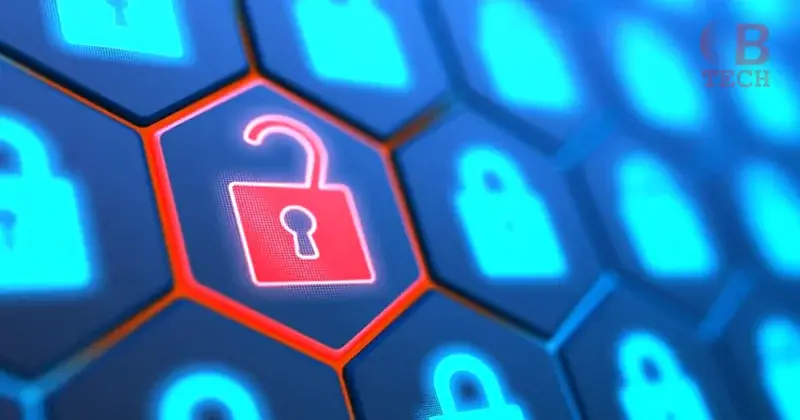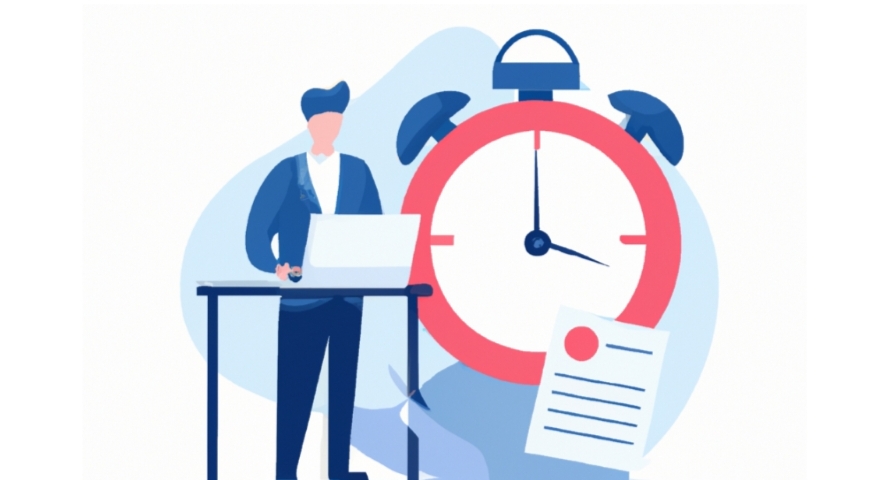In recent times, the internet has become a hub for leaks and data breaches, which can put individuals and organizations at risk. One such incident that has gained attention is the Coco_koma leak. This article aims to explore the details of the Coco_koma leak, how it has affected people and businesses, and what it means for cybersecurity overall. By looking closely at the incident, we’ll discuss what we can learn from it and how to prevent similar breaches in the future.
The Coco_koma Leak: Understanding the Incident
In recent years, the internet has become a hotbed for cyber threats, with data breaches and leaks posing significant risks to individuals and organizations alike. One such alarming incident that has shaken the online community is the Coco_koma leak. This breach involved the unauthorized disclosure of sensitive information from Coco_koma, a widely used social media platform.
The Coco_koma leak exposed a vast amount of personal data, including usernames, email addresses, and passwords, belonging to millions of Coco_koma users. This data was subsequently disseminated across various online forums and dark web marketplaces, making it easily accessible to cybercriminals. As a result, affected users faced heightened risks of identity theft, phishing attacks, and other malicious activities.
The repercussions of the Coco_koma leak are profound, highlighting the pressing need for robust cybersecurity measures. This incident serves as a stark reminder of the vulnerabilities inherent in the digital age, where the security of personal information is constantly under threat. It underscores the importance of proactive security practices, such as using strong, unique passwords and enabling two-factor authentication, to mitigate the risks of data breaches.
In light of the Coco_koma leak, it is imperative for individuals and organizations to remain vigilant and prioritize cybersecurity. By learning from this incident and implementing stringent security measures, we can better protect our online presence and safeguard against future breaches.
The Scope of the Leak
The Coco_koma leak is believed to have impacted more than 100 million users, marking it as one of the most extensive data breaches in recent times. Besides compromising individuals’ privacy and security, it has raised questions about the platform’s capacity to safeguard user data. This incident underscores the importance of implementing strong cybersecurity measures and proactive risk management approaches.
The Impact on Individuals & Businesses
The Coco_koma leak had widespread ramifications for both individuals and businesses, profoundly affecting various aspects of their operations and security.

Impact on Individuals
For individuals, the Coco_koma leak exposed them to a multitude of risks, including:
- Identity theft: The leaked personal information, such as usernames, email addresses, and passwords, made individuals vulnerable to identity theft. Cybercriminals could use this information to impersonate them, leading to potential financial losses and reputational damage.
- Phishing attacks: With email addresses exposed, individuals became targets for phishing attacks. Cybercriminals could send fraudulent emails, pretending to be legitimate entities, to trick individuals into revealing sensitive information or clicking on malicious links.
- Password security: Many individuals use the same password across multiple accounts. The leaked passwords from Coco_koma could be used to access other accounts, further compromising their security and privacy.
Impact on Businesses
The Coco_koma leak also had significant implications for businesses, impacting them in various ways:
- Reputation damage: Businesses whose employees’ Coco_koma credentials were exposed faced reputational damage. This erosion of trust could lead to a loss of customers and business opportunities.
- Legal & regulatory consequences: Data breaches often result in legal and regulatory consequences for businesses. Depending on the jurisdiction, companies may face fines and sanctions for failing to protect user data adequately.
- Financial losses: Data breaches incur financial losses for businesses, including legal fees, compensation claims, and the cost of implementing enhanced security measures. These financial burdens can be substantial and long-lasting.
- Operational disruptions: Dealing with the aftermath of a data breach can disrupt business operations. Companies may need to allocate resources to investigate the breach, implement security measures, and communicate with affected individuals and stakeholders.
Lessons Learned & Preventative Measures
The Coco_koma leak serves as a stark reminder of the importance of robust cybersecurity measures and proactive risk management strategies. Some key lessons learned from this incident include:
- Data encryption: Encrypting sensitive data can make it more challenging for cybercriminals to access and exploit in the event of a breach.
- Multi-factor authentication: Implementing multi-factor authentication can add an extra layer of security, making it harder for unauthorized users to access accounts even if passwords are compromised.
- Regular security audits: Conducting regular security audits and vulnerability assessments can help identify and mitigate potential security risks before they are exploited.
- Employee training: Educating employees about cybersecurity best practices can help prevent breaches caused by human error, such as falling for phishing scams.
- Incident response plan: Having an incident response plan in place can help businesses respond quickly and effectively to data breaches, minimizing the impact on individuals and the organization.
The Coco_koma leak underscores the critical need for individuals and businesses to prioritize cybersecurity and take proactive measures to protect sensitive information. By learning from this incident and implementing robust security practices, organizations can reduce the risk of data breaches and better protect themselves and their users from cyber threats.
The Broader Implications for Cybersecurity
The Coco_koma leak has significant implications for cybersecurity, serving as a wake-up call for individuals, businesses, and policymakers.

Here are some key points to consider:
Importance of Data Protection
The incident highlights the crucial need for data protection. Organizations must implement strong security measures like encryption, access controls, and regular security audits to protect sensitive information. Individuals should also take steps to protect their data, such as using strong, unique passwords and enabling two-factor authentication.
Need for Cybersecurity Education
The Coco_koma leak underscores the importance of educating people about cybersecurity. Individuals need to understand the risks of sharing personal information online and the importance of practicing good cybersecurity habits. Businesses should invest in training programs to educate employees about cybersecurity best practices.
Collaboration & Information Sharing
The incident emphasizes the importance of collaboration and information sharing among organizations and cybersecurity professionals. By sharing threat intelligence and best practices, the industry can collectively improve its defenses against cyber threats.
Preventing Future Breaches: Lessons Learned
The Coco_koma leak offers valuable insights into preventing future breaches. Here are key steps for individuals and organizations:
Implement Strong Authentication Mechanisms
Use multi-factor authentication (MFA) to add extra security. This requires users to provide additional verification, like a fingerprint or a one-time password, along with their username and password.
Regularly Update & Patch Systems
Keep software and systems up to date to prevent vulnerabilities that cybercriminals can exploit. Apply security updates and fixes on a regular basis to guard against known vulnerabilities.
Conduct Regular Security Audits
Perform regular security audits to identify and address potential weaknesses in systems. These audits can uncover vulnerabilities and ensure appropriate security measures are in place.
Encrypt Sensitive Data
Encrypt sensitive data, both at rest and in transit, to add an extra layer of protection. Encryption makes it far more difficult for unauthorized people to access and misuse the data, even in the event that it is compromised.
FAQs
How did the Coco_koma leak happen?
The exact details of the Coco_koma leak are still being investigated. However, it is believed that the breach occurred due to a combination of factors, including weak security controls, inadequate encryption, and potential insider threats.
If someone’s personal information was exposed in the Coco_koma incident, what should they do?
If your data was leaked in the Coco_koma incident, it’s important to take immediate action. Here are steps you can take:
- Change your Coco_koma password and enable two-factor authentication.
- Keep an eye out for any unusual activity in your credit reports and financial accounts.
- Be cautious of phishing attempts and avoid clicking on suspicious links or providing personal information.
Is it possible for companies to face legal consequences for data breaches?
Businesses may be held legally liable for data breaches, depending on the jurisdiction and relevant regulations. Organizations that fail to implement adequate security measures or comply with data protection regulations may face fines, legal action, and reputational damage.
How can people safeguard themselves against upcoming data breaches?
Individuals can protect themselves from future data breaches by following these best practices:
- Make sure every online account has a strong, distinct password.
- Enable two-factor authentication whenever possible.
- Regularly update software and applications on personal devices.
- Be cautious about sharing personal information online and avoid clicking on suspicious links or downloading unknown attachments.
In The End
The Coco_koma leak has shown us the importance of taking cybersecurity seriously. It’s crucial for both individuals and businesses to protect their data by using strong passwords, enabling two-factor authentication, and staying informed about potential threats. By learning from this incident and implementing these measures, we can better protect ourselves and our information online.



